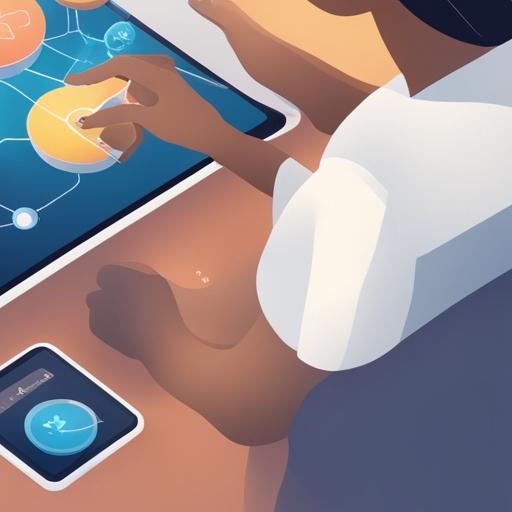In recent years, the acronym NFT has exploded into mainstream conversations, commonly associated with digital art, music, and a new wave of digital assets. But what exactly are NFTs, and what makes them so special? Let’s dive deep into the concept behind Non-Fungible Tokens (NFTs) and explore how they are revolutionizing the digital world.
At its core, NFT stands for Non-Fungible Token. If the term ‘fungible’ is tripping you up, it essentially means that something is interchangeable. For instance, a dollar bill is fungible because it can be exchanged for another dollar bill of the same value. In contrast, something non-fungible is unique and cannot be exchanged on a one-to-one basis with something else. Think of it like a one-of-a-kind painting or a rare collectible card.

NFTs are digital assets that represent ownership or proof of authenticity of a unique item or piece of content, typically stored on a blockchain, which is a decentralized and transparent ledger. Unlike cryptocurrencies such as Bitcoin or Ethereum, which are fungible and can be exchanged for each other, NFTs are unique and distinct tokens, each with its attributes and value.
The blockchain technology underpinning NFTs ensures that the ownership of these digital assets is secure and verifiable. When an artist creates and sells an NFT, this transaction is recorded on the blockchain, providing an immutable proof of ownership. This allows artists, musicians, and other content creators to monetize their digital works directly, bypassing traditional middlemen like galleries, auction houses, or record labels.
The rise of NFTs can be attributed to several key factors:
1. **Digital Scarcity**: Before NFTs, digital art and other digital assets could be copied and shared endlessly with no way to distinguish the original from the clones. NFTs introduce the concept of scarcity in the digital realm by ensuring that each token is unique and can only have one verifiable owner at a time.
2. **Creator Empowerment**: NFTs allow creators to monetize their work in new ways. Digital artists can sell their creations directly to collectors, while musicians can offer exclusive tracks or albums. They can also program royalties into the NFT, earning a percentage of sales every time the asset changes hands.
3. **Community and Social Proof**: Ownership of certain NFTs has become a status symbol within online communities, much like owning rare physical collectibles. Being part of a select group of people who own a particular NFT can confer social capital and signal one’s taste and investment in digital culture.
4. **Interoperability and Utility**: NFTs can be programmed with additional functionalities, such as granting access to exclusive content, virtual events, or even physical goods. This interoperability makes them versatile tools for creators and consumers alike.
5. **Speculation and Investment**: For some, NFTs represent a lucrative investment opportunity. The market for NFTs has seen significant price swings, and some collectors buy NFTs as speculative assets, hoping that their value will increase over time.
Despite the exciting possibilities, the NFT market is still in its infancy and faces challenges. Issues such as environmental impact due to energy-intensive blockchain protocols, market volatility, and questions around copyright and intellectual property need to be addressed.
In conclusion, NFTs represent a paradigm shift in how we think about ownership, creativity, and value in the digital age. They offer a new avenue for artists and creators to gain recognition and financial rewards for their work, while also introducing new opportunities and challenges in the realm of digital assets. Whether you view them as revolutionary or speculative, NFTs are undoubtedly shaping the future of the digital economy.
